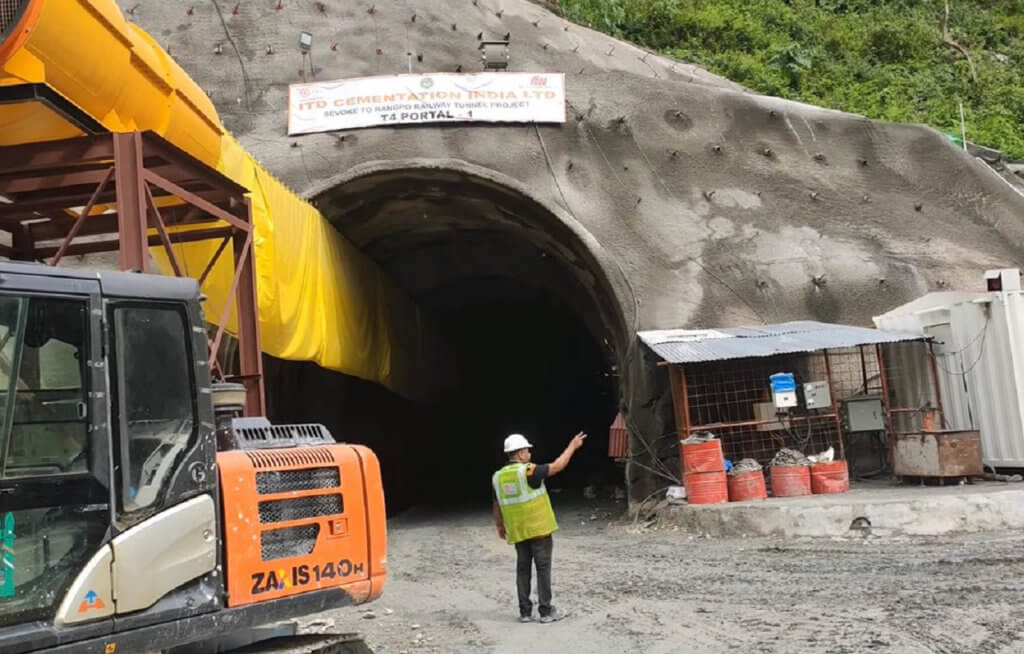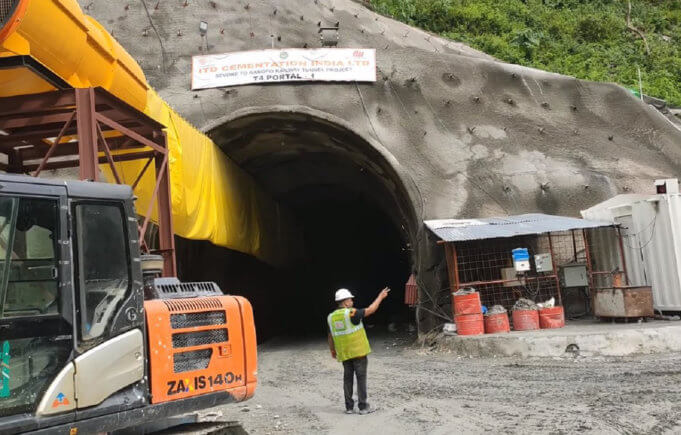 The Northeast Frontier Railway’s Sevoke-Rangpo Railway Project connecting Sikkim to the railway network of the country is likely to be completed by December 2023.
The Northeast Frontier Railway’s Sevoke-Rangpo Railway Project connecting Sikkim to the railway network of the country is likely to be completed by December 2023.The work on the project is progressing well. The project will serve economic as well as strategic purpose.
The Northeast Frontier Railway has undertaken construction of the North Bengal-Sikkim Railway Link, a 52.7 km stretch of track that will connect Sevoke, West Bengal to Rangpo, Sikkim.
The line is a broad gauge (five ft six inch) and has a proposed 65 km per hour speed limit. The groundbreaking ceremony for the project approved in 2008 was held in February 2010, and the track was expected to be completed in 2020.
Once completed, it will be the first time Sikkim has been connected to the main Indian rail network and is expected to boost local tourism and the region’s economy. Later the route will be connected to Gangtok, Sikkim.
The rail link will pass through the steep terrain of the Kanchenjunga mountain range foothills and the Tista river valley. Additionally 32km, amounting to 70 percent of the route, will be tunnels.











